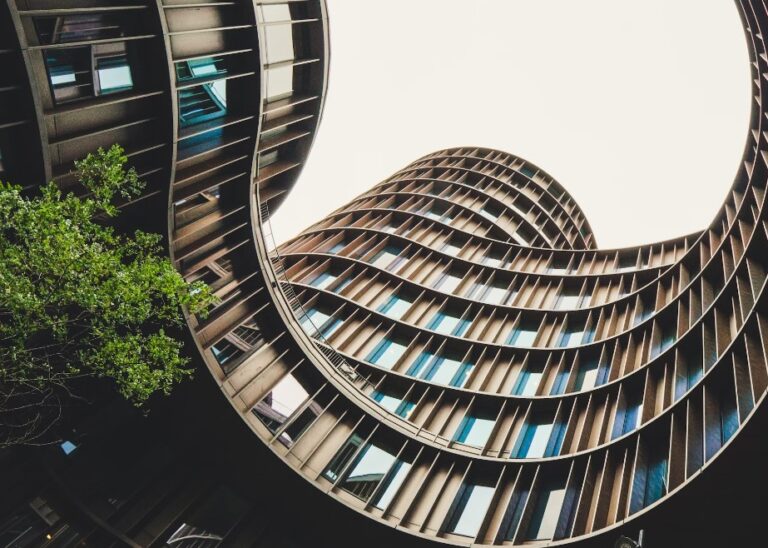An 85% growth in building production volume is expected by 2030. This presents the construction sector with a challenge: how to satisfy this constantly increasing demand with the need to reduce the environmental impact of buildings, moving increasingly towards a green building perspective?
Most likely it will be technology and all the innovations that have been developed in recent years that will transform the sector into a smart and sustainable one.
Table of Contents
The trends of green building
Let’s see what are the most interesting and promising trends that will characterize the construction of the future.
Industrialized construction
Prefabrication, modularity and off-site processes, which hybridize manufacturing with construction, moving part of the value chain from the construction site to the factory, will certainly be the trends that will increasingly characterize the construction industry of the future.
When the construction process takes place in the factory, materials can be managed more efficiently, with more precise assembly processes and with less waste of resources.
The pre-processing of the material and the assembly of all building components in a controlled environment allow the development of a much more streamlined construction process, reducing costs, including energy costs, of the construction site.
Circular construction
The construction sector, in addition to being one of the most energy intensive, is also responsible for the production of enormous quantities of waste. The construction industry of the future will increasingly have to face the need to reduce this waste and invest in logics and processes that move towards circularity.
Some digital tools for building design are paving the way for a more circular construction model, where materials have a longer life and are reused or at least recycled at the end of their life. In some countries, especially in Europe, the industry is increasingly treating buildings as ‘material banks’, disseminating to the entire supply chain all the information necessary to know and precisely track the quantity and type of materials used, planning also the rationalization and recovery processes throughout the entire process.
Some large companies, such as Royal BAM, are already coming to simulate the dismantling of buildings, thanks to the implementation of Virtual Design and Construction (VDC) models, a trend that will probably become increasingly widespread in the coming years.
Increasing diffusion of BIM design
Building Information Modeling (BIM) is a tool that allows the optimization of planning, implementation and management of constructions with the help of ad hoc software.
By digitally collecting, combining and connecting all the relevant data of a construction project, the software allows you to visualize the construction as a three-dimensional model and simulate a series of parameters, achieving not only perfect integration of the process but also a strong reduction in terms of costs, logistics and timing.
Among the main advantages of BIM, a true expression of the construction of the future, there are: a reduction in life cycle costs, a minimization of design errors, an optimization of project management and support for sustainable design.
Reduction of environmental impact
The construction of the future is moving towards ever greater sustainability, which is necessary in one of the most energy-intensive sectors in the world.
Quantifying energy and material savings is becoming an imperative and new digital tools are a valid ally to move in this direction. In the future it is expected that machine learning as well as artificial intelligence will be the basis of tools capable of automatically suggesting the choices to be implemented to obtain a reduction in costs, materials, energy and water consumption and polluting emissions.
Read also: Stockholm Wood City: from Sweden the world’s largest wooden neighborhood












